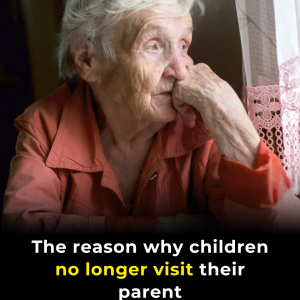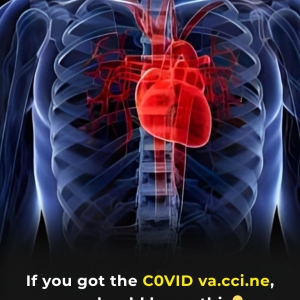
Have you noticed small red dots on your skin that look like tiny moles? They’re called cherry angiomas or ruby points. While their appearance might raise some concern, the truth is that in most cases, they’re not a serious health risk.
In this article, we’ll explain what they are, why they appear, when you should see a specialist, and how to care for your skin naturally.
What Are Cherry Angiomas?
Cherry angiomas are small, bright red bumps formed by dilated blood vessels. They’re benign, meaning they’re not cancerous and aren’t directly linked to serious illnesses.
They can range in size from less than 1 mm to a few millimeters and tend to appear on the torso, arms, neck, or face.

Common Causes
While science hasn’t pinpointed a single cause, the following factors are most commonly linked to their appearance:
- Aging
- They become more common with age, especially after 30.
- Most frequently seen in people over 40.
- Sun Exposure
- Ultraviolet radiation can weaken capillaries and promote dilation.
- Genetics
- Some people are more likely to develop them due to family history.
- Hormonal or Metabolic Changes
- Linked to pregnancy, liver issues, and hormonal imbalances.
- Chemical Exposure
- Prolonged use of certain creams or harsh skincare products may irritate the skin.
When to See a Dermatologist
In most cases, cherry angiomas don’t need treatment. However, you should seek medical advice if they:
- Grow rapidly in size
- Bleed frequently
- Have irregular borders or varied colors
- Cause itching, pain, or discomfort
In such cases, a dermatologist should evaluate them to rule out other skin conditions.

Natural Skin Care to Prevent and Soothe
While they can’t always be avoided, there are natural ways to care for your skin and potentially reduce their appearance:
Protect Yourself from the Sun
- Use SPF 30 or higher.
- Avoid direct sun between 11 a.m. and 4 p.m.
Apply Natural Oils
- Rosehip oil, aloe vera, and jojoba oil deeply nourish and soothe the skin.
Watch Your Diet
- A diet rich in antioxidants (fruits, veggies, seeds) supports healthy blood vessels.
- Limit alcohol, refined sugar, and ultra-processed foods.
Stay Hydrated
- Drink at least 1.5 liters of water a day.
- Use moisturizers with natural ingredients.

Can They Be Removed?
Yes—but removal isn’t necessary unless they cause discomfort or raise medical concerns. For cosmetic reasons or if recommended by a doctor, treatment options include:
- Vascular laser therapy
- Electrocauterization
- Cryotherapy
These procedures should always be performed by certified dermatology professionals.
Conclusion
Red moles on the skin might look alarming, but in most cases, they’re simply part of aging or a response to external factors like sun exposure.
The key lies in prevention, self-care, and paying attention to any changes in your skin.




